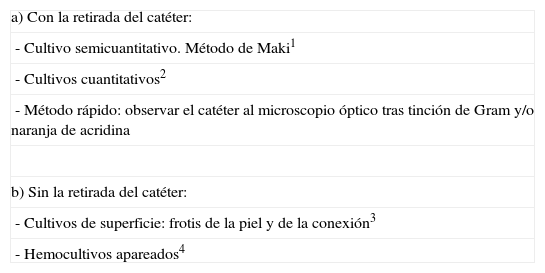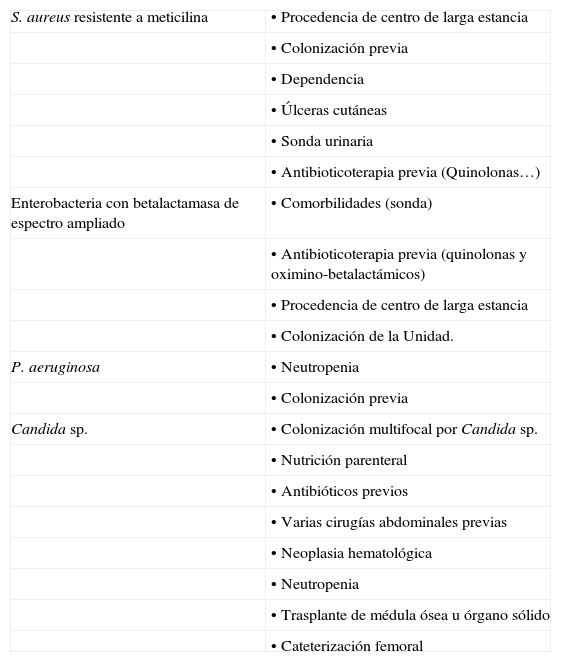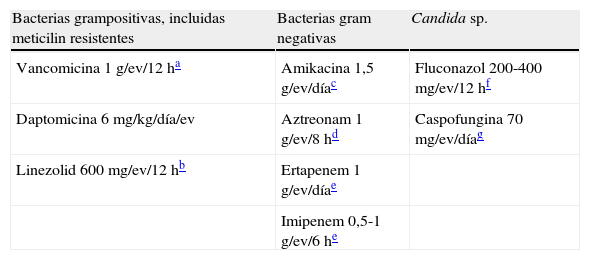Varón de 75 años operado tres semanas antes por una neoplasia de colon descendente y reintervenido 9 días más tarde por dehiscencia de sutura, comienza con fiebre sin focalidad clínica sugestiva de infección en el lecho quirúrgico. El paciente es portador de un catéter bilumen en la vena yugular derecha a través de la cual recibe diversas medicaciones y nutrición parenteral.
¿Cómo diagnosticar que el catéter es el origen de la fiebre?, ¿qué hacer con el catéter?, ¿cuándo y con qué iniciar una cobertura antibiótica?, ¿qué factores de riesgo para bacterias multirresistentes debemos de considerar?, ¿cómo tratar una bacteriemia de catéter por S. aureus?, ¿podemos disminuir la incidencia de infección de catéter?
En este artículo se responde a estas y otras preguntas, así como se presenta un algoritmo de trabajo.
A 75-year old male, operated on three weeks earlier due to descending colon cancer and reoperated 9 days later due to suture dehiscence, began with fever without clinical focality suggestive of surgical bed infection. The patient has a bilumen catheter in the right jugular vein, through which he receives different medications and parenteral nutrition.
How can catheter-related infection be diagnosed? What should be done with the catheter? When and which antibiotics are appropriate to begin treatment? What risk factors for resistant bacteria should be considered? How should S. aureus bacteraemia be treated? Is it possible to reduce the rates of catheter-related infection?
These and other questions are answered in this article and a working algorithm is presented.
Article
Diríjase desde aquí a la web de la >>>FESEMI<<< e inicie sesión mediante el formulario que se encuentra en la barra superior, pulsando sobre el candado.

Una vez autentificado, en la misma web de FESEMI, en el menú superior, elija la opción deseada.

>>>FESEMI<<<









